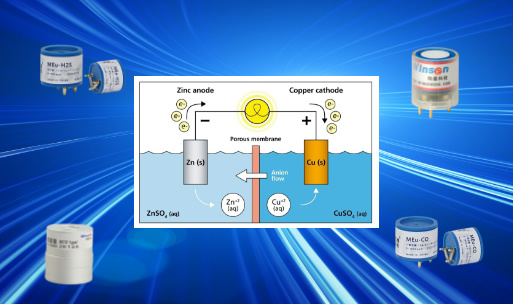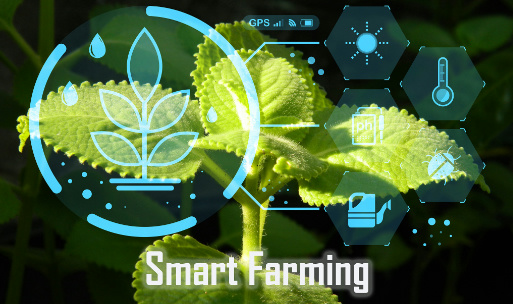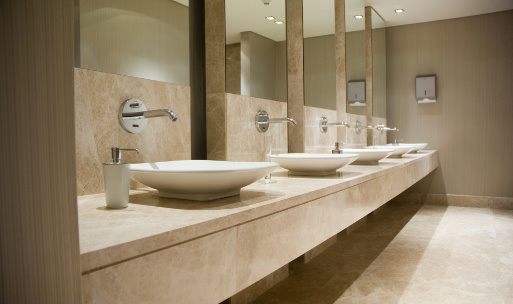Methane Detection in Greenhouse Gas Emissions from Industrial, Commercial, and Agricultural Sectors
Methane (CH4) is the second most significant greenhouse gas globally, characterized by its high global warming potential and relatively short atmospheric lifetime. Its primary sources include coal mining, oil and gas production, agriculture, and waste management. Effective detection and mitigation of methane emissions are crucial for combating climate change. This article explores the various methods and technologies used to detect methane in industrial, commercial, and agricultural sectors.
Methane Emission Sources
1. Industrial Sources
Coal MiningCoal mining is a significant source of methane emissions. Methane trapped within coal seams is released during the mining process. Advanced techniques, such as methane drainage systems and ventilation air methane (VAM) oxidation, are employed to capture and utilize this gas.
Oil and Gas ProductionOil and gas production activities, including drilling, extraction, and transportation, release substantial amounts of methane. Technologies such as infrared cameras, laser-based detectors, and continuous monitoring systems are used to detect and mitigate these emissions.
2. Commercial Sources
Waste ManagementLandfills and waste treatment facilities are major commercial sources of methane. Organic waste decomposition under anaerobic conditions produces methane. Modern waste management practices include landfill gas recovery systems and anaerobic digestion technologies to capture and utilize methane.
3. Agricultural Sources
Livestock FarmingLivestock, particularly ruminants like cows, produce methane during digestion through a process called enteric fermentation. Strategies to reduce emissions include dietary adjustments, feed additives, and breeding practices aimed at improving digestion efficiency.
Rice CultivationFlooded rice paddies create anaerobic conditions conducive to methane production. Water management techniques, such as intermittent flooding and alternate wetting and drying (AWD), help reduce methane emissions from rice fields.
Methane Detection Technologies
Infrared (IR) Sensors
Infrared sensors are widely used for methane detection due to their sensitivity and ability to provide real-time monitoring. These sensors detect methane by measuring the absorption of infrared light at specific wavelengths.
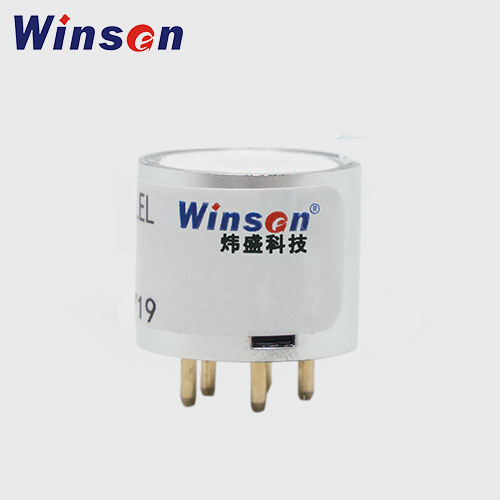 (Winsen MH-T4041A)
(Winsen MH-T4041A)Laser-Based Detectors Sensor
Laser-based technologies, such as Tunable Diode Laser Absorption Spectroscopy (TDLAS), offer high precision and sensitivity. These detectors are particularly effective in identifying methane leaks in industrial and commercial settings, also used in high-end residential field.
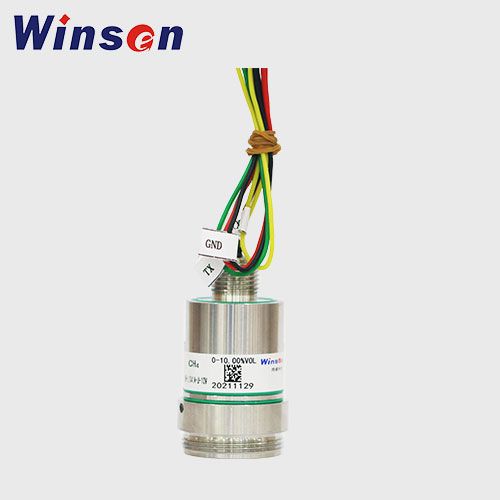 (Winsen MH-L1141A-U-100L)
(Winsen MH-L1141A-U-100L)Catalytic Sensors
Catalytic sensors detect methane by oxidizing it on a catalytic surface, producing a measurable change in temperature or electrical resistance. These sensors are robust and reliable, making them suitable for various applications including civil gas safety and industrial field.
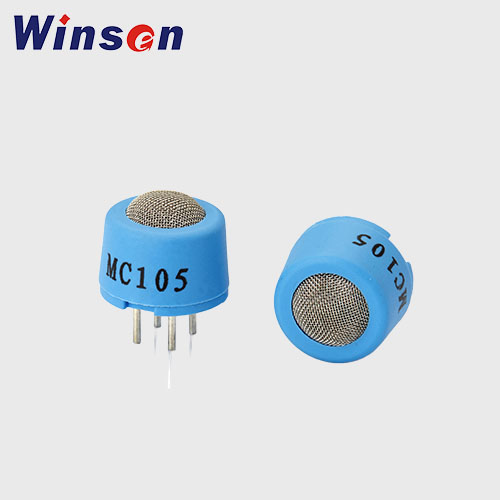 (Winsen MC105)
(Winsen MC105)Semiconductor Sensors
Semiconductor sensors detect methane by changes in electrical conductivity when methane molecules interact with a semiconductor material. These sensors are cost-effective and can be used in a range of environments, including industrial and commercial settings.
 (Winsen MP-4)
(Winsen MP-4)Choosing the Right Methane Sensor Detection Technology
For Industrial/Mine
For Residential/Commercial

MPn-4C CH4 Methane Flammable Gas Sensor
- CH4, Methane, Natural gas, marsh gas
- 300~10000ppm (methane, natural gas)
- Read More

ZP10 Vehicle-Mounted Fuel Gas Leakage Detection Module
- Natural gas, LPG, Manufactured Gas
- 1~25%LEL
- Read More
Conclusion
Methane detection is a critical component in the global effort to reduce greenhouse gas emissions. By leveraging advanced technologies and implementing effective mitigation strategies, industries, commercial enterprises, and agricultural operations can significantly decrease their methane output. Continued innovation and regulatory measures will be essential in managing and reducing methane emissions to combat climate change effectively.










